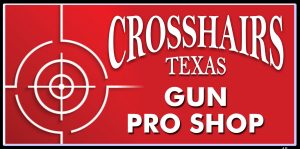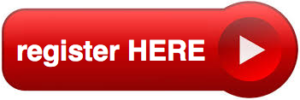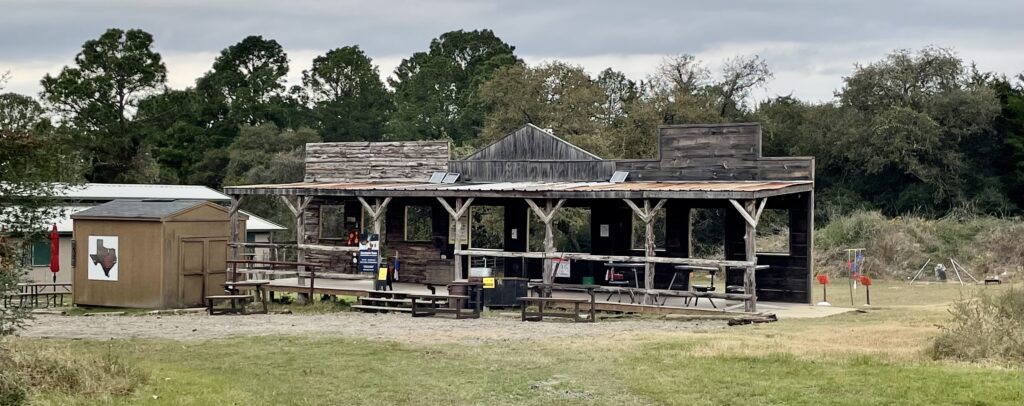
- This event has passed.
CCW 2 – 01/09/2020
January 9, 2020 @ 4:00 PM - 6:00 PM
$62.95CCW 2 – Pistol Nomenclature & Selecting a Pistol for Self-Defense
2 hours – 4pm-6pm
CCW 2- 4pm-6pm
Lesson 2:
Pistol Nomenclature and Selecting a Pistol for Self‐Defense
Learning Objectives:
- Identify the two main types of pistols.
- Identify the main components of a pistol.
- Identify the criteria for selecting a pistol suited to their individual self‐defense needs.
- Firearm Parts: Major Components
Note that all firearms consist of three major components: the frame, the barrel, and the action
- Frame
Turn with participants to the graphics in the NRA New Shooter Guide pages 8-16. Have participants point out the frame on the firearm they are using.
- Barrel
Using the same graphic in the NRA New Shooter Guide, have participants point out the barrel of the firearms they are using.3. Action.
- Action
Using the same graphic in the NRA New Shooter Guide, have participants point out the action of the firearm they are using.
- Firearm Parts
Including all the firearm(s) being used in your clinic, continue with this section on firearm parts. Be sure to show the similarities and differences between rifles, pistols, shotguns and black powder guns as applicable.
Name the firearm parts listed below, point out their location on the gun, and describe the function of each part.
Point to each part, have participants name each one and describe the function of each part. It is often easier to do this with a disassembled firearm to avoid “safe direction” violations.
- Frame Review with participants the definition of the frame by asking them to define it. Name the firearm parts listed below, point out their location on the frame, and describe the function of each part. a. Grip
Allow the shooter to grip the firearm comfortably.
They are usually composed of wood, rubber or molded plastic and are attached to the lower portion of the frame.
- Backstrap (if applicable)
The rear, vertical portion of the frame that lies between (or beneath) the grip panels.
- Trigger guard
Designed to protect the trigger in order to reduce the possibility of an unintentional firing.
- Rear sight
Used along with front sight to aim.
- Barrel Review with participants the definition of the barrel by asking them to define it. Point to each part, have participants name each one, and describe the function of each part. a. Bore
The inside of the barrel. The measurement of its diameter is called the caliber of the firearm.
- Rifling
Composed of spiral lands and grooves cut into the bore. The rifling makes the bullet spin to give it stability.
Describe rifling (use optional Wall Charts)
- Muzzle The front end of the barrel where the bullet exits.
Front sight
Used along with the rear sight to aim the revolver.
- Action Review with participants the definition of the action by asking them to define it. Review the parts of the action. Point to each part, have participants name each one, and describe the function of each part. a. Trigger
When squeezed, activates the hammer.
- Hammer
Strikes the firing pin to fire the gun. The hammer spur is the part of the hammer that may be gripped by the thumb.
- Additional parts of the individual firearms included in your clinic.
- Firearm Operation
You will be explaining, demonstrating, discussing, and reviewing the operations indicated. Discuss the indicated procedures in a clear, simple, step-by-step manner.
Review the owner’s manual for any particular guidelines pertaining to its operation. For example, single-action semi-automatic pistols should not be uncocked while loaded unless the manufacturer provides specific guidelines for doing so.
Do not conduct the Clinic until you are thoroughly familiar with the correct operation of the firearms being used.
Use only dummy ammunition during this practical exercise. Dummy ammunition must by visually distinguishable from live ammunition.
Be sure to observe, cite, and reinforce the NRA rules of safe gun handling throughout the exercise. Ammunition that falls to the ground must remain on the ground until it may be safely retrieved by someone who is not handling a firearm (the instructor or another participant under the instructor’s direction).
- Loading
Explain and demonstrate the loading procedure for your each firearm type you’re using in a clear, simple, step-by-step manner. Then have participants repeat the steps back to you as you repeat the demonstration.
- Cocking Define “cocking” (where applicable): placing the hammer (or internal firing mechanism) under spring tension to prepare it to strike the firing pin and fire the gun.
Explain and demonstrate the cocking procedure for each firearm type you’re using in a clear, simple step-by-manner. Then have participants repeat the steps back to you as you repeat the demonstration.
- Uncocking
Define “uncocking” (if applicable): relaxing the spring tension on the hammer (or internal firing mechanism) so that it is not in a position to strike the firing pin and fire the gun.
If they are using a revolver, explain that a cocked revolver must be uncocked before it can be unloaded. If they are using a semi- automatic pistol, explain that a cocked semi- automatic may be unloaded without uncocking it.
Explain and demonstrate the uncocking procedure for the firearms in a clear, simple step-by-step manner. Then have participants repeat the steps back to you as you repeat the demonstration.
- Unloading
Explain and demonstrate the unloading procedure for the firearms in a clear, simple step-by-step manner. Then have participants repeat the steps back to you as you repeat the demonstration.
- Firearm Operation Practical Exercise
Review the three fundamental gun safety rules. Have participants explain and demonstrate the correct loading, cocking, uncocking, and unloading procedures for the firearms used in this Clinic.
It is important that participants explain what they are doing during the demonstration.
This will indicate they have learned the steps correctly, and help to reinforce the skills they are performing.
Observe participants closely. Be sure all safety rules are followed.
Offer guidance, direction, encouragement, and positive feedback as appropriate.
- Conclusion
- Summary Highlight most important points of this lesson
- State the goal of the Clinic
- Name the three fundamental NRA
- Rules of safe gun handling.
- Name the three major components of a firearm and describe their function.
- Demonstrate how to handle a firearm in a safe manner.
- Questions Ask participants what questions they have about this lesson. Answer questions.
- Preview Preview next lesson briefly.




